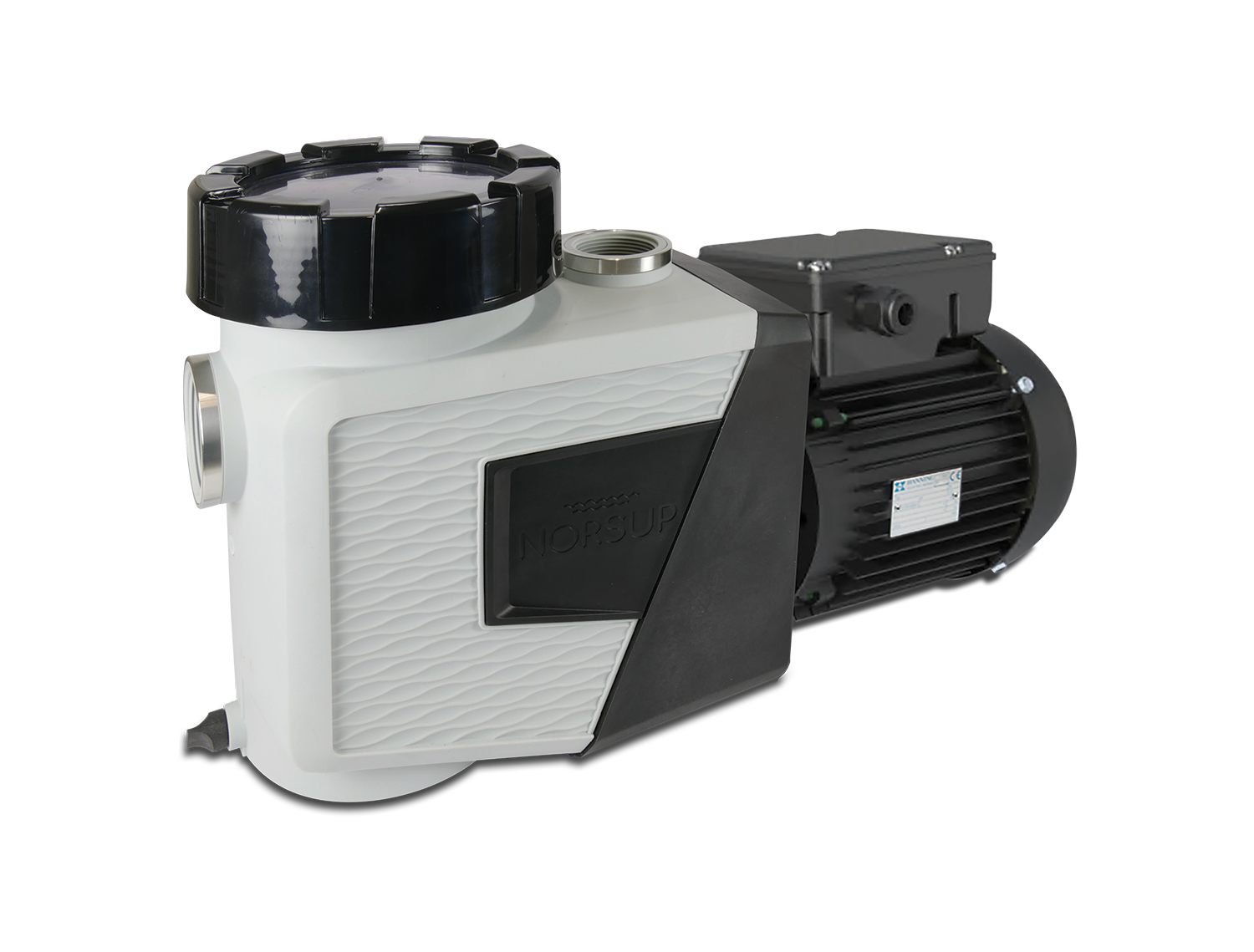
Pool pumps circulate water through your filtration system. If you want to maintain clean, clear water you must ensure that all the pool water is filtered at least twice a day, otherwise known as the turnover rate. Your pool pump needs to be powerful enough to provide the correct turnover of pool water. However, turnover rate is not the only factor governing the choice of pump. The demands placed on it by the various pieces of equipment connected with your filtration system such as the heat pump, suction pool cleaners & counter current pumps all need to be considered.
Pool pumps have had to develop significantly over the years to keep up with the demand of new pool designs and features.
Single speed vs variable speed
Single speed circulation pumps have been industry standard for many years. The pump motor spins the impellor at a fixed speed which is dictated by the horsepower of the motor.
But single speed pumps are not as energy efficient as variable speed (VSTD) pumps. It is cheaper to run a pump 24 hours a day at lower speed than it is to run a pump at full speed for 12 hours a day and can actually improve the filtration & water clarity in your pool. The benefits to the variable speed pumps are numerous. Single speed pumps use a standard induction motor which loses energy due to friction, but the variable speed motor uses a permanent magnetic motor. The shaft does not come into contact with anything therefore no friction, less energy with the added benefit that it is super quiet! Achieve better filtration, reduced costs thanks to energy efficiency & flexible work cycles and reduced noise levels with variable speed pumps.
Power
The more powerful your pool pump is, the faster it will turn the water over, so you can run it slower, less often or for shorter periods of time. But this also depends on the size of your filter and the pipework, among other things.


